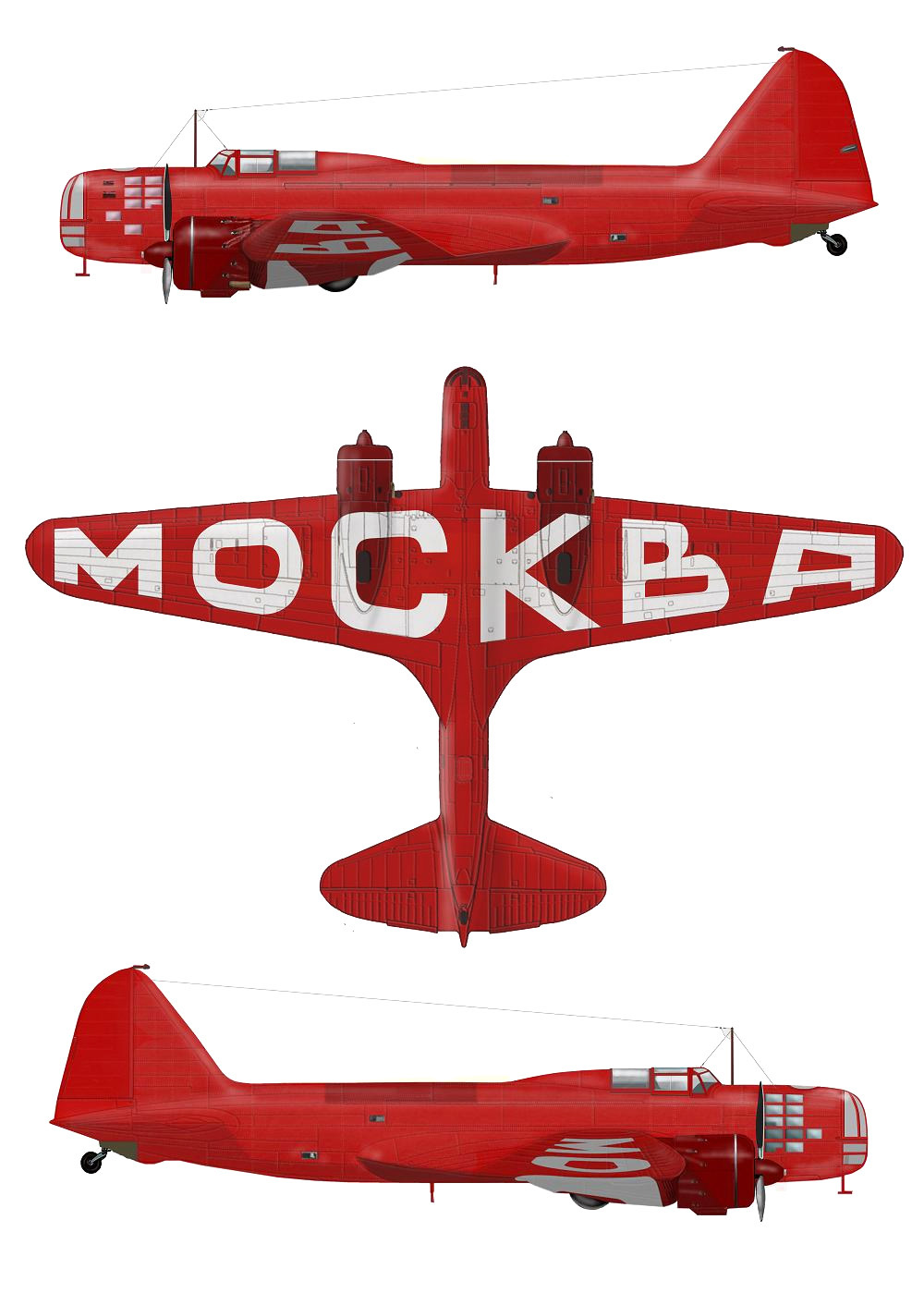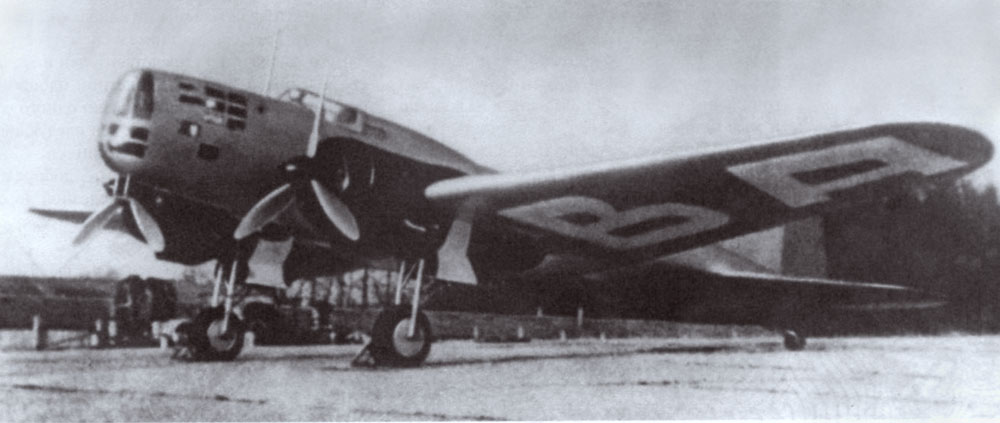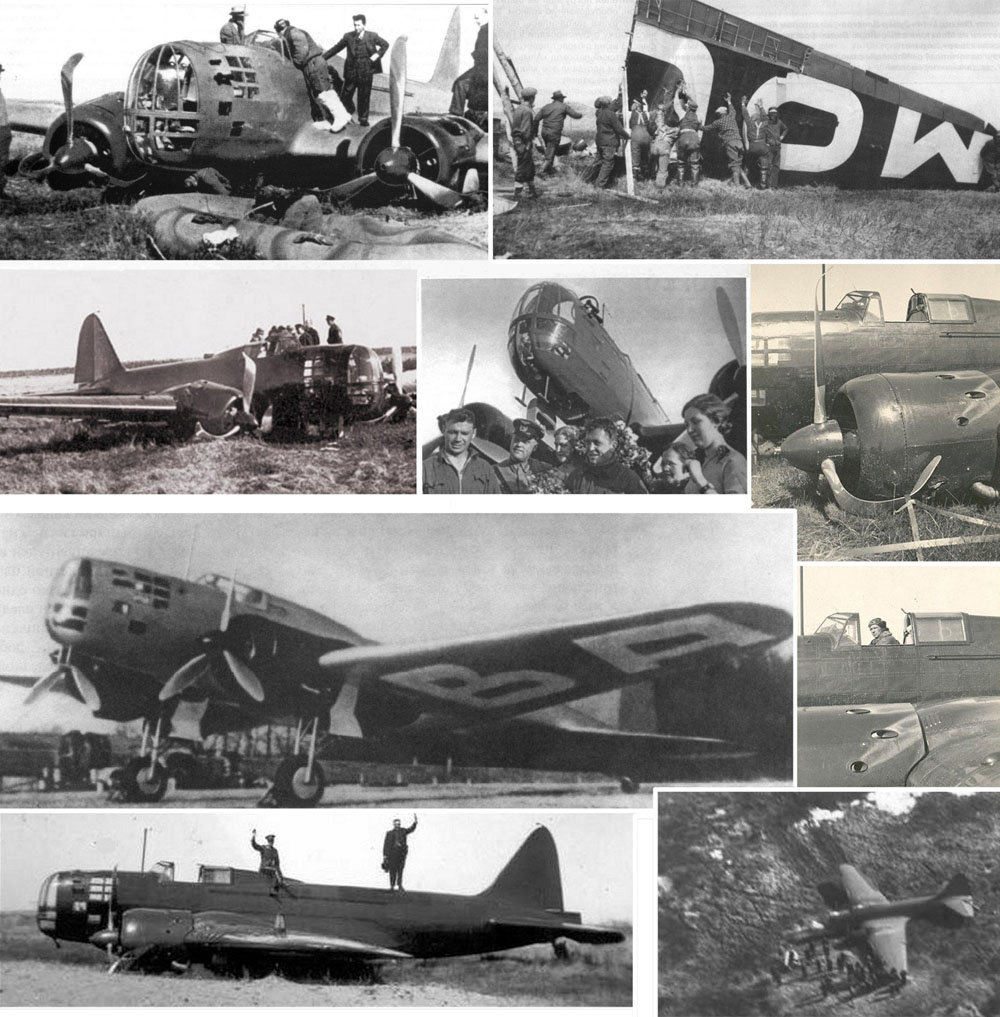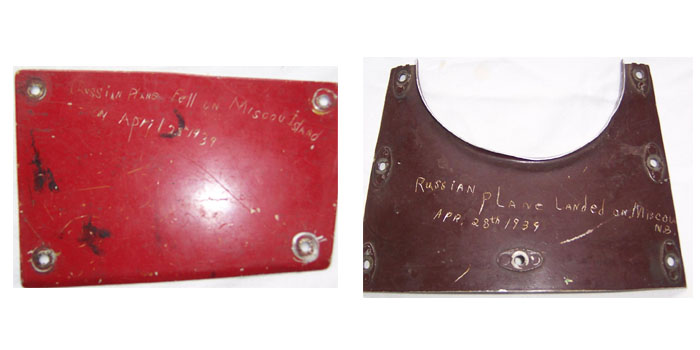
|
|
| |

Drawing by Tapani Tuomanen
Credits: thanks to PioTer for his help
The record plane TsKB-30 Moskva (Moscow) was put into production on April 1938. The armament was deleted, and further fuel tanks were installed in the bomb bay and rear fuselage, giving the plane a range of 8000 km, about twice of an usual DB-3. It was equipped with the best navigation equipment available and with an oxygen system. The glazing of the nose was modified. The canopy was of later, wide type. It rolled out on May 15, 938, flown by Vladimior Kokkinaki.
On 22 June 1938, Moskva took off from Chalovskaya airport in Moscow for a record flight, making a flight of 24h 38' covering 7580 km up to Spassk-Dalny near Vladivostok at an average speed of 307 km/h. Kokkinaki and the navigator A.M. Bryandinsky were made Heroes of the Soviet Union for this.
The plane was refurbished in GAZ 39 at Khodinka, receiving an inflatable rubberized fabric bag for flotation in the forward fuselage and new M-87A engines.
On April 29, 1939, Kokkinaki and the navigator M. Gordinenko took off from Moscow for a non-stop flight to New York, but they found bad weather and adverse winds, being forced to make a belly landing on the small island of Miscou, at the northern tip of New Brunswick, Canada. The plane flew 8000 km in 22h 56' at an average speed of 316 km/h.
The plane was recovered, dismounted and transported by ship into Russia.
Although the painting of the plane look uniform in the photos made in Miscou, a pair of preserved pieces show two different shades of red, the darker one is on a piece of the nacelle behind the landing gear. So it's reasonable to think that the plane was painted red, with dark red engines and nacelles as appears in a pair of Soviet photos. The inscription Moskva in cyrillic characters was paint in white under the wings.
About the glazing: the Soviet photos seem to show small windows behind the canopy as on early DB-3s, while the photos in Miscou show a glazing as those of late DB-3s, but it looks not trasparent as if it was obscured by inside panels with a small circular hatch. Perhaps it was modified during the refurbishing in Khodinka.


Images from : DB3-Il-4 in Action Squadron Signal, and the books of V. Kotelnikov and the site of Miscou island.
